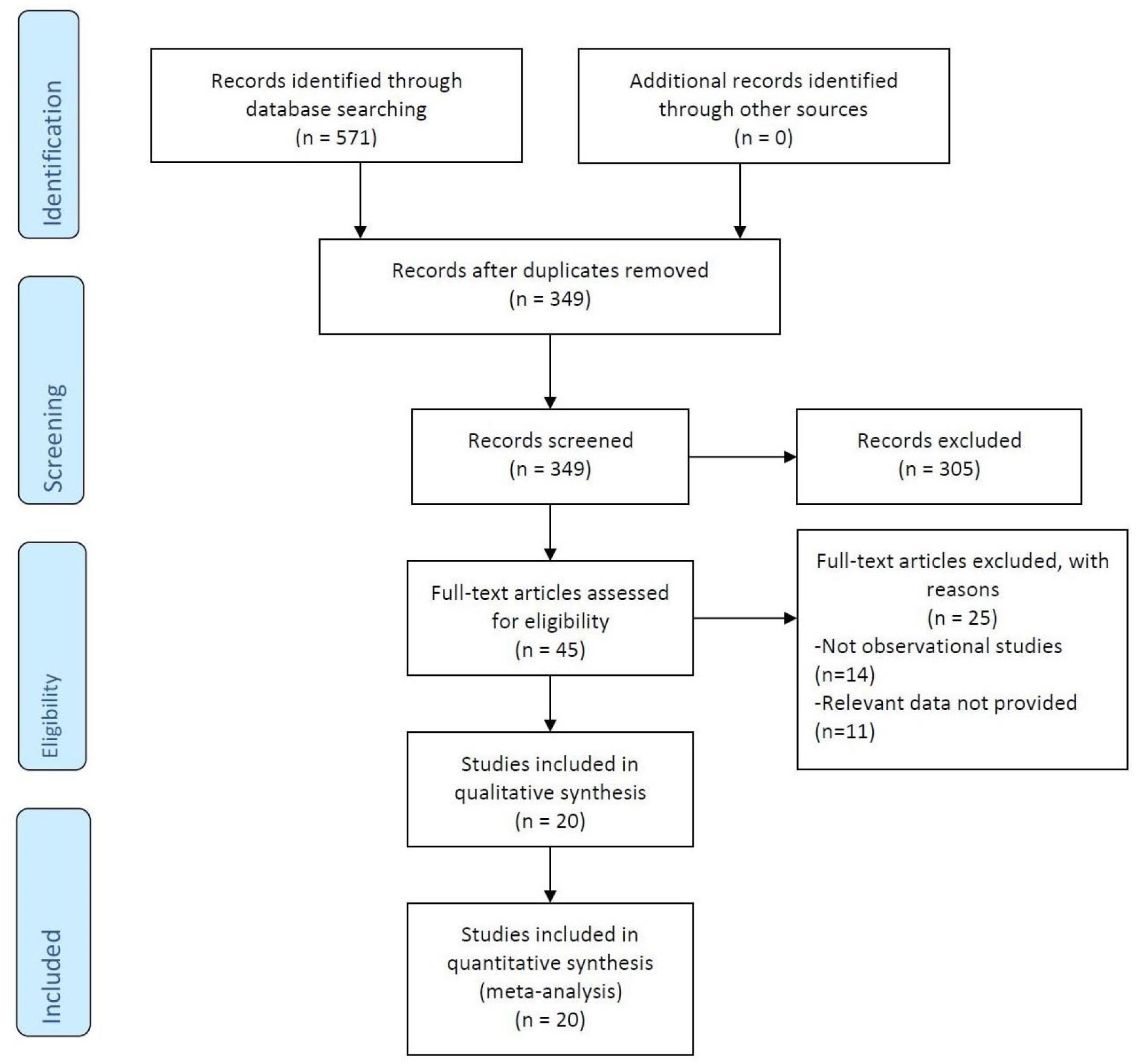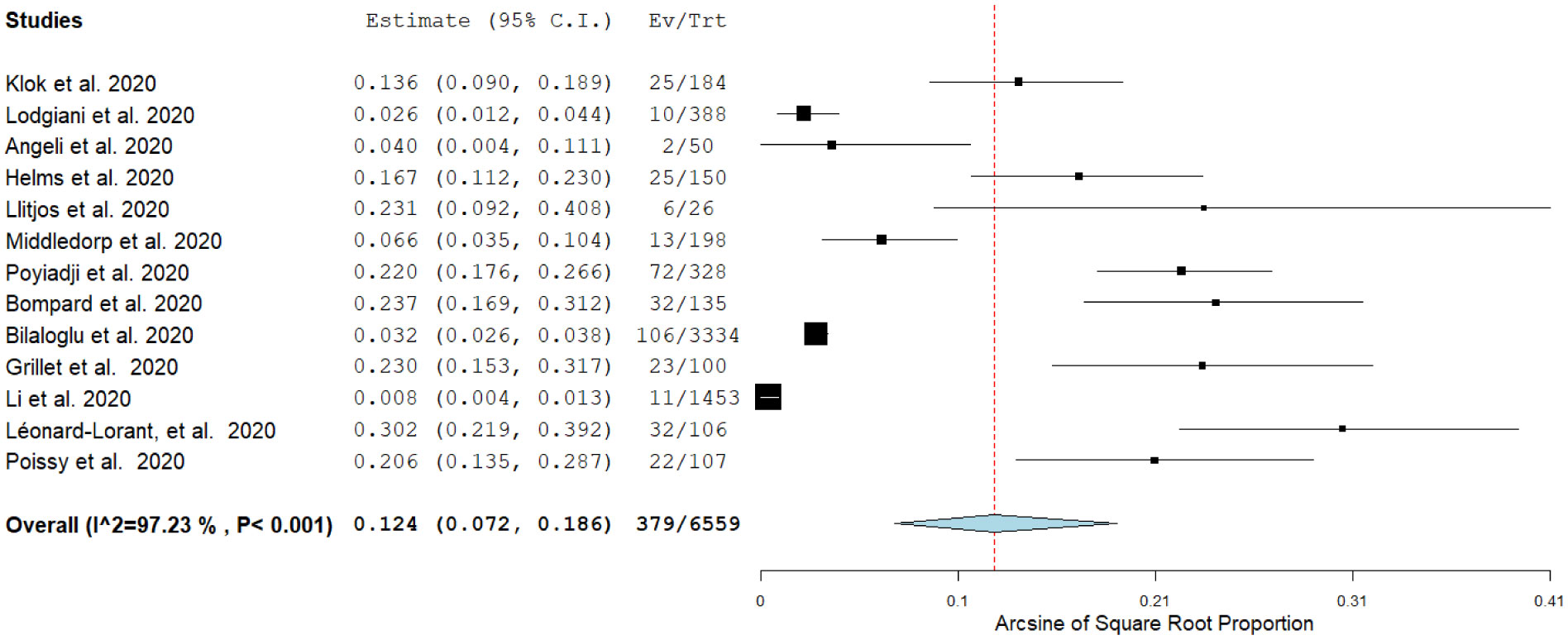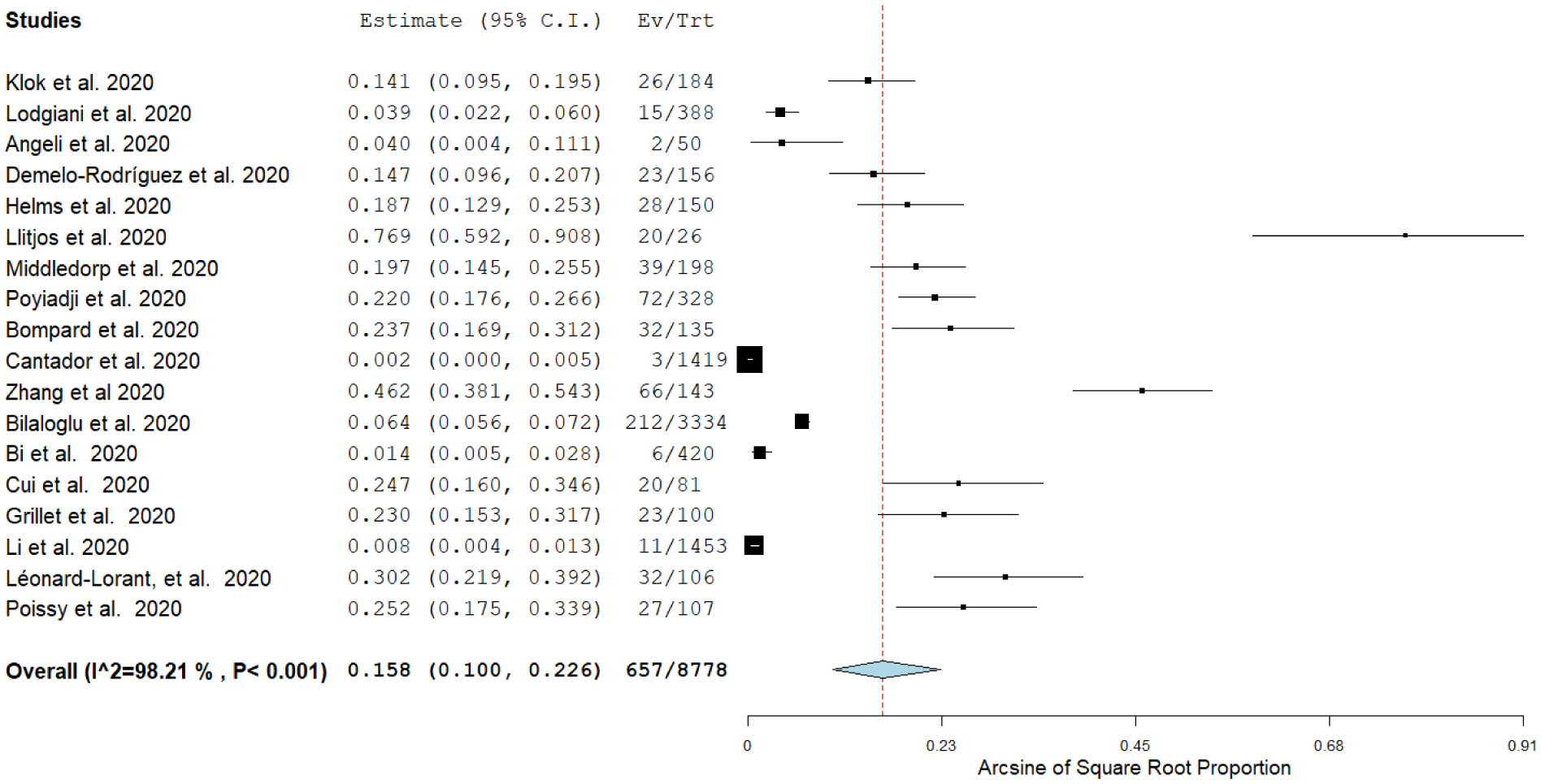|
[1]
|
H. Azadi Kenary, RNS-Approximately nonlinear additive functional equations, J. Math. Extension, 6 (2012), 11-20.
|
|
[2]
|
P. W. Cholewa, Remarks on the stability of functional equations, Aequationes Math., 27 (1984), 76-86.
|
|
[3]
|
R. Chugh, Ashish, On the stability of functional equations in random normed spaces, Int. J. Comput. Appl., 45 (2012), 25-34.
|
|
[4]
|
S. Czerwik, On the stability of the quadratic mapping in normed spaces, Abh. Math. Sem. Univ. Hamburg, 62 (1992), 59-64. doi: 10.1007/BF02941618

|
|
[5]
|
M. E. Gordji, J. M. Rassias, M. B. Savadkouhi, Approximation of the quadratic and cubic functional equation in RN-spaces, Eur. J. Pure. Appl. Math., 2 (2009), 494-507.
|
|
[6]
|
V. Govindan, C. Park, S. Pinelas, S. Baskaran, Solution of a 3-D cubic functional equation and its stability, AIMS Mathematics, 5 (2020), 1693-1705. doi: 10.3934/math.2020114

|
|
[7]
|
D. H. Hyers, On the stability of the linear functional equation, P. Nat. Acad. Sci. USA, 27 (1941), 222-224. doi: 10.1073/pnas.27.4.222

|
|
[8]
|
D. H. Hyers, Th. M. Rassias, Approximate homomorphisms, Aequationes Math., 44 (1992), 125- 153. doi: 10.1007/BF01830975

|
|
[9]
|
S. Jin, Y. Lee, On the stability of the functional equation deriving from quadratic and additive function in random normed spaces via fixed point method, J. Chungcheong Math. Soc., 25 (2012), 51-63. doi: 10.14403/jcms.2012.25.1.051

|
|
[10]
|
K. Jun, Y. Lee, On the Hyers-Ulam-Rassias stability of a pexiderized quadratic inequality, Math. Inequal. Appl., 4 (2001), 93-118.
|
|
[11]
|
S. Jung, On the Hyers-Ulam stability of the functional equations that have the quadratic property, J. Math. Anal. Appl., 222 (1998), 126-137. doi: 10.1006/jmaa.1998.5916

|
|
[12]
|
S. Jung, On the Hyers-Ulam-Rassias stability of a quadratic functional equation, J. Math. Anal. Appl., 232 (1999), 384-393. doi: 10.1006/jmaa.1999.6282

|
|
[13]
|
S. Jung, D. Popa, M. Th. Rassias, On the stability of the linear functional equation in a single variable on complete metric spaces, J. Global Optim., 59 (2014), 13-16.
|
|
[14]
|
Pl. Kannappan, Quadratic functional equation and inner product spaces, Results Math., 27 (1995), 368-372.
|
|
[15]
|
R. Lather, K. Dhingra, Stability of quartic functional equation in random 2-normed spaces, Int. J. Comput. Appl., 147 (2016), 39-42.
|
|
[16]
|
J. Lee, C. Park, S. Pinelas, V. Govindan, K. Tamilvanan, G. Kokila, Stability of a sexvigintic functional equation, Nonlinear Funct. Anal. Appl., 24 (2019), 293-325.
|
|
[17]
|
Y. Lee, S. Jung, M. Th. Rassias, Uniqueness theorems on functional inequalities concerning cubicquadratic-additive equation, J. Math. Inequal., 12 (2018), 43-61.
|
|
[18]
|
D. Mihet, V. Radu, On the stability of the additive Cauchy functional equation in random normed spaces, J. Math. Anal. Appl., 343 (2008), 567-572. doi: 10.1016/j.jmaa.2008.01.100

|
|
[19]
|
D. Mihet, R. Saadati, S. M. Vaezpour, The stability of the quartic functional equation in random normed space, Acta. Appl. Math., 110 (2010), 799-803.
|
|
[20]
|
A. Najati, M. Moghimi, Stability of a functional equation deriving from quadratic and additive functions in quasi-Banach spaces, J. Math. Anal. Appl., 337 (2008), 399-415. doi: 10.1016/j.jmaa.2007.03.104

|
|
[21]
|
J. M. Rassias, R. Saadati, G. Sadeghi, J. Vahidi, On nonlinear stability in various random normed spaces, J. Inequal. Appl., 2011 (2011), 62. doi: 10.1186/1029-242X-2011-62

|
|
[22]
|
Th. M. Rassias, On the stability of the linear mapping in Banach spaces, P. Am. Math. Soc., 72 (1978), 297-300. doi: 10.1090/S0002-9939-1978-0507327-1

|
|
[23]
|
R. Saadati, S. M. Vaezpour, Y. Cho, A note to paper "On the stability of cubic mappings and quartic mappings in random normed spaces", J. Inequal. Appl., 2009 (2009), 214530.
|
|
[24]
|
F. Skof, Proprietè locali e approssimazione di operatori, Rend. Sem. Mat. Fis. Milano, 53 (1983), 113-129. doi: 10.1007/BF02924890

|
|
[25]
|
S. M. Ulam, Problems in modern mathematics, New York: Wiley, 1964.
|
|
[26]
|
J. Vanterler da C. Sousa, E. C. de Oliveira, F. G. Rodrigues, Ulam-Hyers stabilities of fractional functional differential equations, AIMS Mathematics, 5 (2020), 1346-1358. doi: 10.3934/math.2020092

|
|
[27]
|
T. Z. Xu, J. M. Rassias, W. X. Xu, On stability of a general mixed additive-cubic functional equation in random normed spaces, J. Inequl. Appl., 2010 (2010), 328473. doi: 10.1155/2010/328473

|
|
[28]
|
S. Zhang, J. M. Rassias, R. Saadati, Stability of a cubic functional equation in intuitionistic random normed spaces, Appl. Math. Mech. Engl. Ed., 31 (2010), 21-26. doi: 10.1007/s10483-010-0103-6

|










 DownLoad:
DownLoad:









